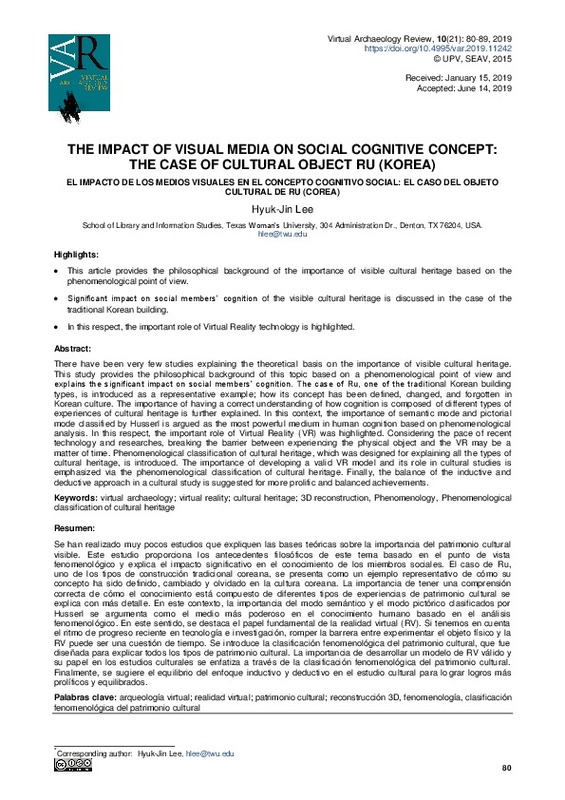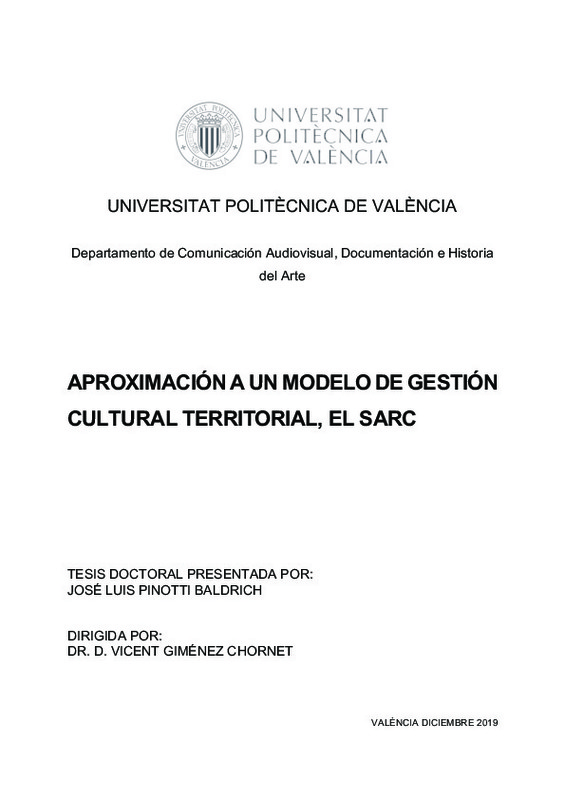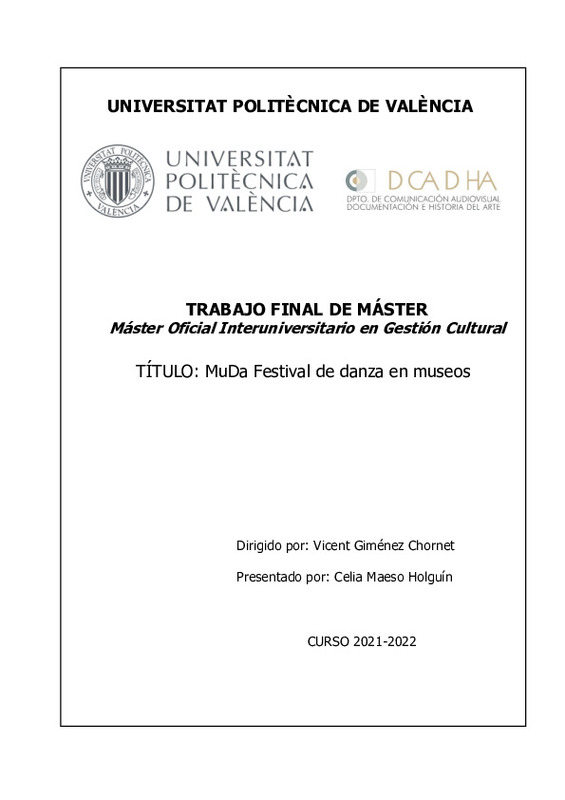JavaScript is disabled for your browser. Some features of this site may not work without it.
Buscar en RiuNet
Listar
Mi cuenta
Estadísticas
Ayuda RiuNet
Admin. UPV
The impact of visual media on social cognitive concept: The case of cultural object Ru (Korea)
Mostrar el registro sencillo del ítem
Ficheros en el ítem
| dc.contributor.author | Lee, Hyuk-Jin
|
es_ES |
| dc.coverage.spatial | east=127.97845849999999; north=37.66399759999999; name=Sokcho-ri, Dong-myeon, Hongcheon-gun, Gangwon-do, Corea del Sud | es_ES |
| dc.date.accessioned | 2019-09-02T10:36:36Z | |
| dc.date.available | 2019-09-02T10:36:36Z | |
| dc.date.issued | 2019-07-25 | |
| dc.identifier.uri | http://hdl.handle.net/10251/124737 | |
| dc.description.abstract | [EN] There have been very few studies explaining the theoretica l basis on the importance of visible cultural heritage. This study provides the philosophical background of this topic based on a phenomenological point of view andexplains the significant impact on social members’ cognition. The case of Ru, one of the traditional Korean building types, is introduced as a representative example; how its concept has been defined, changed, and forgotten in Korean culture. The importance of having a correct understanding of how cognition is composed of different types of experiences of cultural heritage is further explained. In this context, the importance of semantic mode and pictorial mode classified by Husserl is argued as the most powerful medium in human cognition based on phenomenological analysis. In this respect, the important role of Virtual Reality (VR) was highlighted. Considering the pace of recent technology and researches, breaking the barrier between experiencing the physical object and the VR may be a matter of time. Phenomenological classification of cultural heritage, which was designed for explaining all the types of cultural heritage, is introduced. The importance of developing a valid VR model and its role in cultural studies is emphasized via the phenomenological classification of cultural heritage. Finally, the balance of the inductive and deductive approach in a cultural study is suggested for more prolific and balanced achievements. Highlights:This article provides the philosophical background of the importance of visible cultural heritage based on the phenomenological point of view.Significant impact on social members’ cognition of the visible cultural heritage is discussed in the case of the traditional Korean building.In this respect, the important role of Virtual Reality technology is highlighted. | es_ES |
| dc.description.abstract | [ES] Se han realizado muy pocos estudios que expliquen las bases teóricas sobre la importancia del patrimonio cultural visible. Este estudio proporciona los antecedentes filosóficos de este tema basado en el punto de vista fenomenológico y explica el impacto significativo en el conocimiento de los miembros sociales. El caso de Ru, uno de los tipos de construcción tradicional coreana, se presenta como un ejemplo representativo de cómo su concepto ha sido definido, cambiado y olvidado en la cultura coreana. La importancia de tener una comprensión correcta de cómo el conocimiento está compuesto de diferentes tipos de experiencias de patrimonio cultural se explica con más detalle. En este contexto, la importancia del modo semántico y el modo pictórico clasificados por Husserl se argumenta como el medio más poderoso en el conocimiento humano basado en el análisis fenomenológico. En este sentido, se destaca el papel fundamental de la realidad virtual (RV). Si tenemos en cuenta el ritmo de progreso reciente en tecnología e investigación, romper la barrera entre experimentar el objeto físico y la RV puede ser una cuestión de tiempo. Se introduce la clasificación fenomenológica del patrimonio cultural, que fue diseñada para explicar todos los tipos de patrimonio cultural. La importancia de desarrollar un modelo de RV válido y su papel en los estudios culturales se enfatiza a través de la clasificación fenomenológica del patrimonio cultural. Finalmente, se sugiere el equilibrio del enfoque inductivo y deductivo en el estudio cultural para lograr logros más prolíficos y equilibrados. | es_ES |
| dc.language | Inglés | es_ES |
| dc.publisher | Universitat Politècnica de València | |
| dc.relation.ispartof | Virtual Archaeology Review | |
| dc.rights | Reconocimiento - No comercial - Sin obra derivada (by-nc-nd) | es_ES |
| dc.subject | Virtual archaeology | es_ES |
| dc.subject | Virtual reality | es_ES |
| dc.subject | Cultural heritage | es_ES |
| dc.subject | 3D reconstruction | es_ES |
| dc.subject | Phenomenology | es_ES |
| dc.subject | Phenomenological classification of cultural heritage | es_ES |
| dc.subject | Arqueología virtual | es_ES |
| dc.subject | Realidad virtual | es_ES |
| dc.subject | Patrimonio cultural | es_ES |
| dc.subject | Reconstrucción 3D | es_ES |
| dc.subject | Fenomenología | es_ES |
| dc.subject | Clasificación fenomenológica del patrimonio cultural | es_ES |
| dc.title | The impact of visual media on social cognitive concept: The case of cultural object Ru (Korea) | es_ES |
| dc.title.alternative | El impacto de los medios visuales en el concepto cognitivo social: el caso del objeto cultural de Ru (Corea) | es_ES |
| dc.type | Artículo | es_ES |
| dc.date.updated | 2019-07-26T08:16:16Z | |
| dc.identifier.doi | 10.4995/var.2019.11242 | |
| dc.rights.accessRights | Abierto | es_ES |
| dc.description.bibliographicCitation | Lee, H. (2019). The impact of visual media on social cognitive concept: The case of cultural object Ru (Korea). Virtual Archaeology Review. 10(21):80-89. https://doi.org/10.4995/var.2019.11242 | es_ES |
| dc.description.accrualMethod | SWORD | es_ES |
| dc.relation.publisherversion | https://doi.org/10.4995/var.2019.11242 | es_ES |
| dc.description.upvformatpinicio | 80 | es_ES |
| dc.description.upvformatpfin | 89 | es_ES |
| dc.type.version | info:eu-repo/semantics/publishedVersion | es_ES |
| dc.description.volume | 10 | |
| dc.description.issue | 21 | |
| dc.identifier.eissn | 1989-9947 | |
| dc.description.references | Bailey, J. O., Bailenson, J. N., & Casasanto, D. (2016). When Does Virtual Embodiment Change Our Minds?, Presence, 25(3), 222-233. | es_ES |
| dc.description.references | Chae, S. Y. (2010). Philosophy notion word dictionary. Soulmate Press. Seoul, Korea. | es_ES |
| dc.description.references | Ch'ng, E. (2012). New ways of accessing information spaces using 3D multitouch tables. Proceedings of the Art, Design and Virtual Worlds Conference, Cyberworlds (CW), 2012 International Conference on, 144-150 | es_ES |
| dc.description.references | Ch'ng, E., Cai, Y., & Thwaites, H. (2017). Special Issue on VR for Culture and Heritage: The Experience of Cultural Heritage with Virtual Reality, Presence, 26(3), iii-vi. | es_ES |
| dc.description.references | Chung, N., Lee, H., Kim, J-Y., & Koo, C. (2018). The Role of Augmented Reality for Experience-Influenced Environments: The Case of Cultural Heritage Tourism in Korea, Journal of Travel Research, 57(5), 627-643. https://doi.org/10.1177/004728751778255 | es_ES |
| dc.description.references | Duex V. (2002). Modern Thought. Kaemagowon Press. Goyang-si, Korea. | es_ES |
| dc.description.references | Gallagher, S., & Zahavi, D. (2008). The Phenomenological Mind: An Introduction to Philosophy of Mind and Cognitive Science. Routledge. New York, U.S.A. | es_ES |
| dc.description.references | Gilbert, S. B. (2016). Perceived Realism of Virtual Environments Depends on Authenticity, Presence, 25(4), 322-324. | es_ES |
| dc.description.references | Heider, F. (1958). The Psychology of Interpersonal Relations. New York: John Wiley. | es_ES |
| dc.description.references | Husserl, E. (2003). Transzendentaler Idealismus. Texte aus dem Nachlass (1908-1921). Husserliana XXXVI. Kluwer Academic Publishers. Dordrecht, Netherlands. | es_ES |
| dc.description.references | Kim, N. S. (2013). What is seeing? Nermerbooks. Seoul, Korea. | es_ES |
| dc.description.references | Lee, H.J. (2017). Phenomenological classification of cultural heritage: role of virtual reality. Virtual Archaeology Review, 8(16), 69-74. https://doi.org/10.4995/var.2017.5962 | es_ES |
| dc.description.references | Meyerson, E. M. (1991). Recruitment Procedures and Team Composition. Stockholm: Industrial Institute for Economic and Social Research. | es_ES |
| dc.description.references | Noe, A. (2004). Action in perception. Cambridge, MIT Press. Massachusetts, U.S.A. | es_ES |
| dc.description.references | Park, J. (2010). Static and Genetic Analysis in Husserl's Theory of Evidence, Philosophical ideology, 35, 175-212. | es_ES |
| dc.description.references | Park, J.J. (2013). Climate change in South Korea area during Postmid-Holocene epoch, Journal of Climate Research, 8, 127-142. | es_ES |
| dc.description.references | Wojciech, S. (2012). "Ludwik Fleck", The Stanford Encyclopedia of Philosophy. Zalta, E. N. (ed.), Retrieved January 14, 2019, from https://plato.stanford.edu/archives/fall2017/entries/fleck/ | es_ES |











